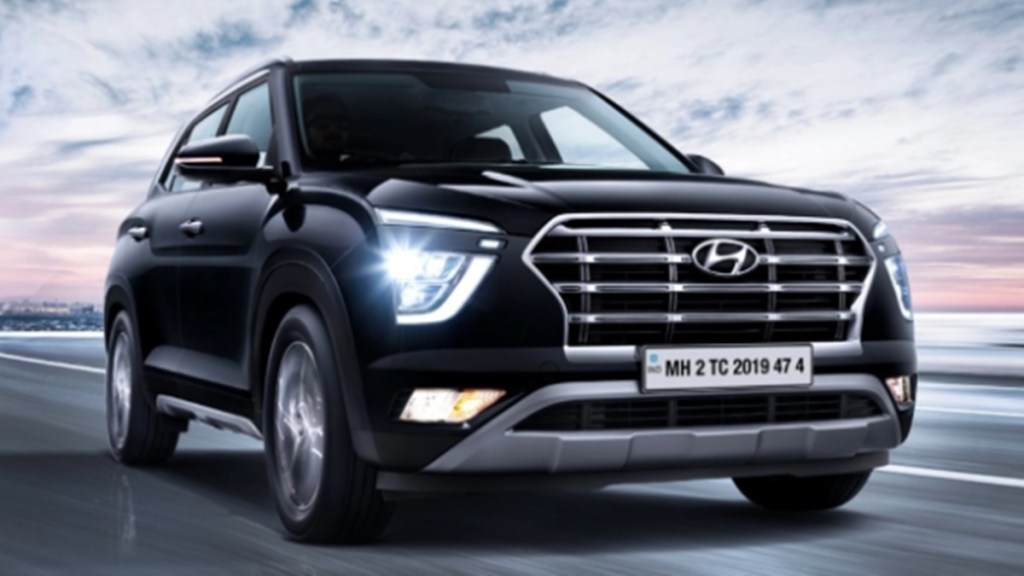The Elevate, unveiled by Honda Cars India on Tuesday, is not only Honda’s first midsize SUV, but also in all likelihood the last of the crop of internal combustion engine (ICE) midsize SUVs developed for the Indian market. Post this, all new midsize SUV models that will be developed will likely be electric.
Automotive analysts FE spoke with said the Elevate has completed the Indian midsize SUV portfolio. “Barring Honda, every existing carmaker in India has (or has had) a midsize SUV,” an analyst said. “The two ‘has had’ here are Renault and Nissan. While Renault discontinued the Duster in 2022, Nissan stopped domestic sales of the Kicks in April 2023 with the implementation of RDE norms.”
Also read: Nissan Motor India opens new dealership and service centre in Rajkot
The midsize SUV segment — defined by the Society of Indian Automobile Manufacturers as SUVs between 4,000 mm and 4,400 mm in length, and priced less than Rs 20 lakh — was started by the Duster in July 2012. “The Duster was a monocoque SUV — it means unibody construction, unlike the body-on-frame and uncomfortable SUVs before that. It had the looks of an SUV and the comfort of a sedan,” a Renault India veteran told FE. “Sales hit the 100,000 milestone in 2014, and the Duster inspired Alliance partner Nissan to launch the Terrano in 2013.” While the Duster created the segment, midsize SUVs became hugely popular, with Hyundai launching the Creta in 2015, whose success led to every carmaker trying to tap the segment.
Thus followed Maruti Suzuki S-Cross (2015), Renault Captur (2017), Nissan Kicks (2019), Kia Seltos (2019), Skoda Kushaq (2021), Volkswagen Taigun (2021), MG Astor (2021), Toyota Urban Cruiser Hyryder (2022), Maruti Suzuki Grand Vitara (2022), Citroën C3 Aircross (2023) and Honda Elevate (2023). While Tata Motors and Mahindra don’t have a midsize SUV, they have tried to tap the segment by flexible pricing of smaller SUVs such as the Nexon and the XUV300, respectively, and larger SUVs such as the Harrier and the XUV700, respectively.
With so many models and their dozens of variants, the midsize SUV segment has grown from 10% share of the passenger vehicle (PV) market in FY20 to 13.5% in FY23. In FY20, 279,758 midsize SUVs (10%) were sold in a total market of 2,773,519 PVs. In FY21, this increased to 320,876 units (11.8%) of the total 2,711,457 PVs. In FY22, it further increased to 404,049 units (13.2%) of the total 3,069,499 PVs sold. In FY23, midsize SUVs reached their highest market share of 13.5% (523,967 units sold in a total market of 3,890,114 Pvs).
Also read: Embracing the green CV transition for a better future
Most automotive analysts told FE that while Renault is expected to bring back the Duster in FY26 (and possibly a co-badged Nissan SUV), it is unlikely that an all-new ICE midsize SUV nameplate will be developed. “This space is saturated now,” an analyst told FE. “Tata and Mahindra will launch midsize electric SUVs by FY25 onwards, Honda will launch an electric vehicle based on the Elevate. Others like Hyundai, Kia, Maruti Suzuki, Toyota, Skoda and Volkswagen will launch new generations of their existing midsize SUVs, but an altogether new nameplate in ICE midsize SUVs seems highly unlikely.”









